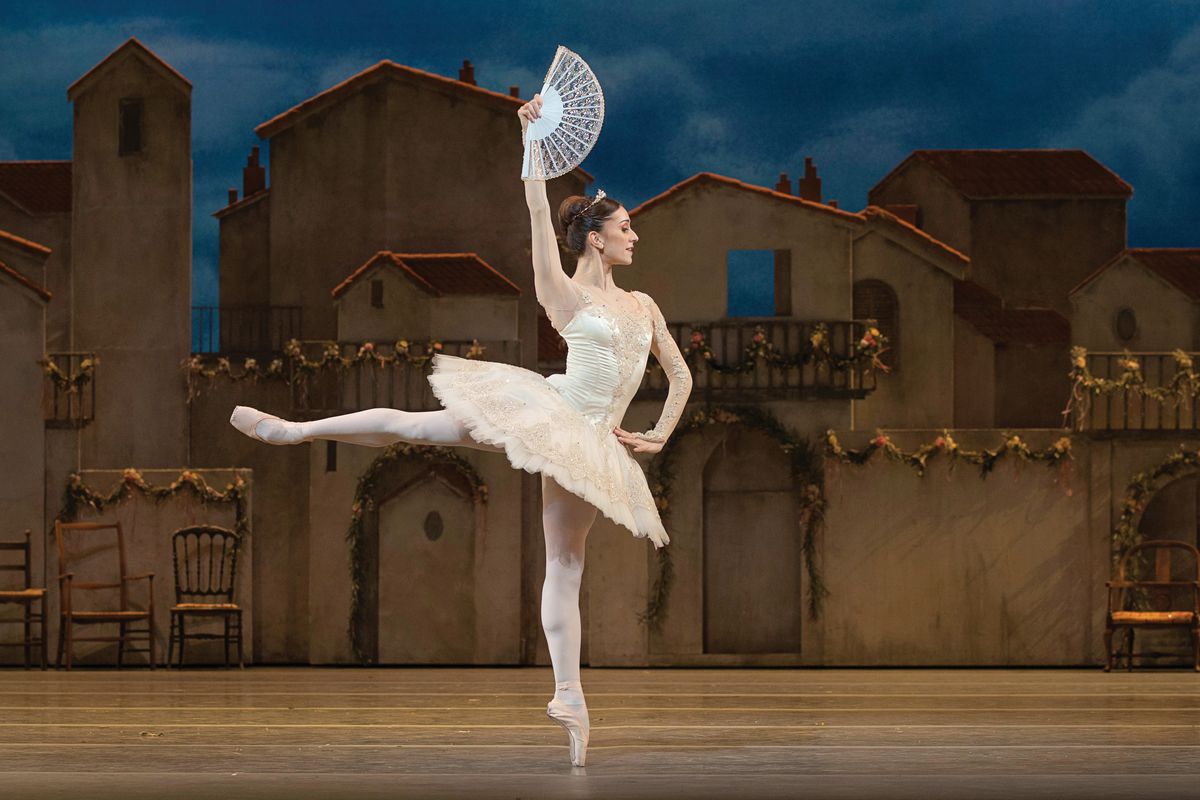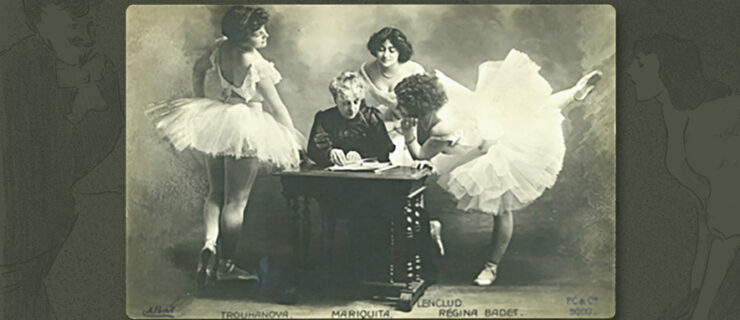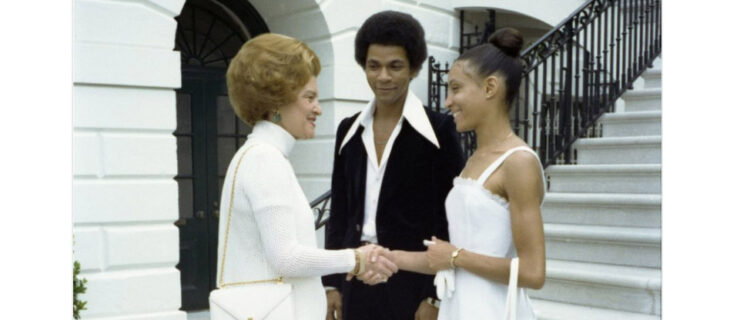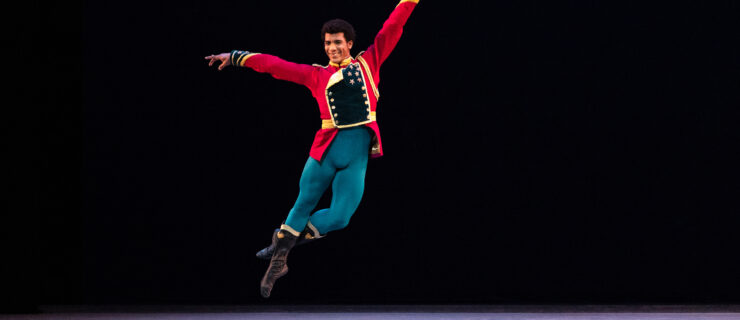Royal Ballet Principal Marianela Nuñez on Her Signature Role: Don Quixote's Kitri
Marianela Nuñez, as told to Laura Cappelle
Nureyev’s Don Quixote was my first full-length at The Royal Ballet, in 2001. I’d danced the Act III pas de deux a lot as a teenager in Argentina and I was an understudy for Kitri, but I’d hardly rehearsed it. Then Leanne Benjamin got hurt during a rehearsal with Carlos Acosta. I remember that day as if it was yesterday. The director at the time, Ross Stretton, got up and said, “You have to carry on now.” Carlos guided me, and we finished the full studio call. It was amazing; it came very naturally to me, and when the ballet returned later that season, I got my promotion to principal.
There’s a lot of Kitri in me. My Kitri is a strong lady, feisty and flirty! She knows what she wants and she’s not going to let it get away. The role doesn’t feel clichéd, even as a South American dancer. It’s funny, it’s a comedy, but there are really tender moments. People may think that Don Quixote isn’t that deep, but if you do it well, in the right style, with care, it can have so much meaning, technically and artistically.
 Marianela Nuñez in Don Quixote with Carlos Acosta. Courtesy Royal Opera HOuse
Marianela Nuñez in Don Quixote with Carlos Acosta. Courtesy Royal Opera HOuse
Early on in my career, I had to worry about pacing each act, because when you’re young, you don’t measure your energy. Now, I know when to put the brakes on. My Pilates instructor makes me a plan for each ballet, and for Don Quixote, I do a lot of strengthening for jumping and landings, so I can go for it and absorb the impact safely. I also make sure that I rehearse the full ballet quite often, so by the time I’m onstage, it’s just one more day. There are no surprises.
With maturity, I’ve learned to stay in character at all times, to link every bit in the story. I like to communicate with people onstage. Otherwise they are there as props. When I’m doing a solo, I involve everyone around me; if you do that, they come to life, and it feels like you’re watching a play.
And you also realize that sometimes less is more. I like to have that fire and freshness, but I always try to make it elegant and sophisticated. I get really upset when Don Quixote turns into a circus display. Even though Kitri is a demi-caractère role, I approach it as proper, clean classical ballet. For example, for the diagonal of turns at the end of the Act I variation, I make sure that my fifth is really a fifth, because you’re at a very exposed angle. I also like to finish that solo with a double turn and a little rond de jambe on pointe, which is challenging to control.
We didn’t do the ballet for many years at The Royal, until Carlos created his own production for us in 2013. He wanted to find a very natural approach: In the gypsy-camp scene, one of the gypsies actually eats an apple onstage. It’s super-demanding, but it also feels fresh and unique. I can’t even choose a favorite scene or moment: I’m hopeless. I just love it all.
TIP: “Prepare yourself properly, because it’s three hours of pure power. You have to be on fire and tell the story, but the steps have to be there. Focus more on the style: Don’t try to do a thousand turns just because it’s Don Quixote.”





